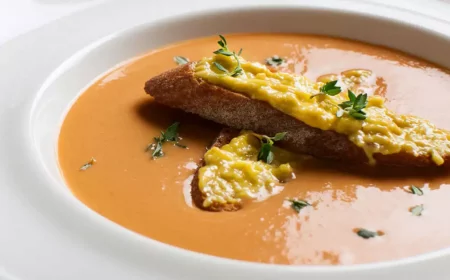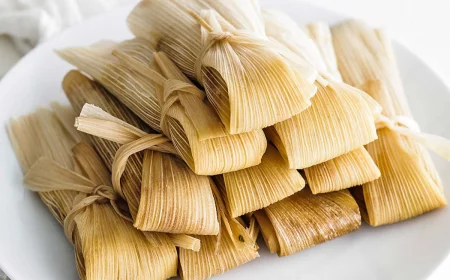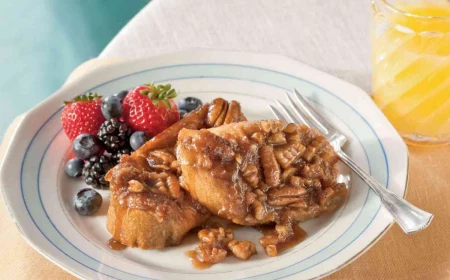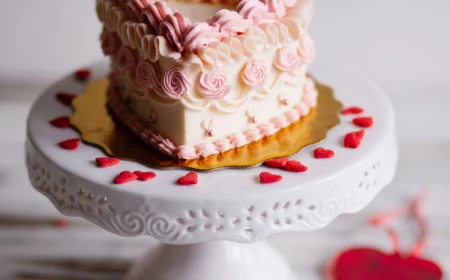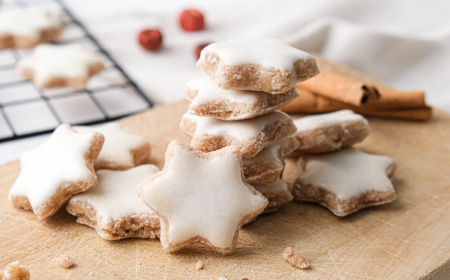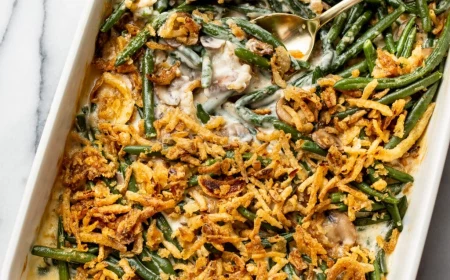Your Guide to Sparkling Cocktails That Don’t Suck (Sorry, Mimosas)
From Polishing Glasses to Pouring Perfection
I can still hear the sound of a perfectly opened bottle of bubbly. It’s not that loud, messy POP you see in movies; it’s more of a gentle, satisfying hiss. A sigh. When I first started in this business, my world was filled with that sound. I was a barback, and my job was pretty simple: restock booze, juice mountains of lemons and limes, and polish what felt like an endless ocean of champagne flutes.
In this article
- From Polishing Glasses to Pouring Perfection
- Know Your Bubbles: What’s Actually in the Bottle?
- Decoding the Label: Dry vs. Sweet
- The Right Tools and a Few Golden Rules
- Let’s Make Some Drinks: The Classics, Done Right
- Going Off-Road: Creating Your Own Drinks
- Serving, Safety, and What to Do with Leftovers
- Inspirational Gallery
I used to watch the senior bartenders with awe. They had this incredible economy of motion, never a wasted step. They weren’t just sloshing drinks together; they were building them with purpose. They understood that a great sparkling cocktail is a delicate dance between flavor, temperature, and that all-important fizz. It’s about respecting the wine, not just drowning it in cheap juice.
So many people hear “sparkling cocktail” and immediately think of a cloyingly sweet, one-note drink. But it can be so much more. This guide is basically everything I’ve learned over the years, from chaotic event bars to quiet, focused cocktail lounges. We’re going to go way beyond the basic brunch Mimosa and learn how to make balanced, impressive drinks that will make you look like a pro. First things first, let’s clear up the biggest misconception out there.
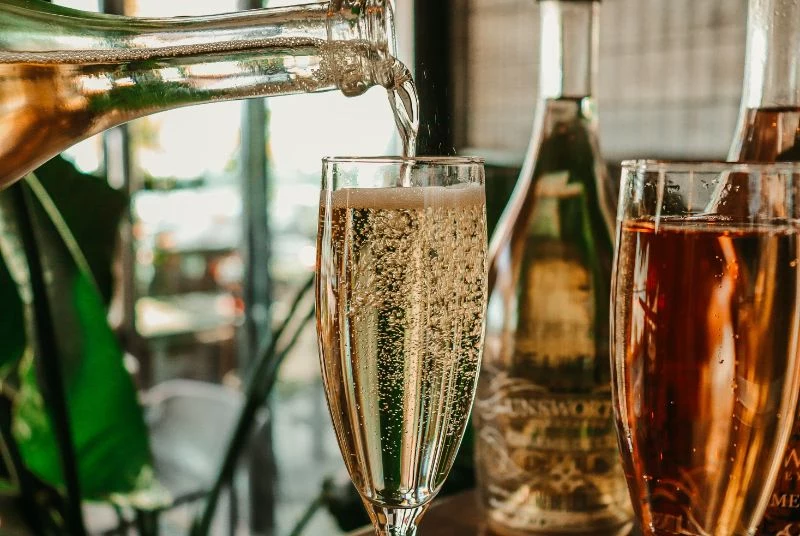
Know Your Bubbles: What’s Actually in the Bottle?
People use the word ‘Champagne’ for pretty much any wine that sparkles, but that’s like calling every tissue a Kleenex. True Champagne only comes from a specific region in France, and that’s protected by law. It’s not just about being fancy; the unique soil and super-strict rules of that region create a flavor and texture that’s tough to replicate. But guess what? For most cocktails, you don’t need the fancy stuff! Understanding the players is key to making better drinks (and saving money).
Instead of a boring table, let’s break it down by vibe:
- Champagne (France): This is the OG. It gets its tiny, elegant bubbles from a second fermentation that happens right inside the bottle. This traditional method gives it complex, toasty, and nutty flavors. It’s the top shelf for a reason. The Vibe: Sophisticated, classic, celebratory. Best For: Simple, elegant drinks like the classic Champagne Cocktail where the wine itself is the star. Ballpark Price: Don’t expect to pay less than $40 for an entry-level bottle, with prices going way up from there.
- Cava (Spain): My personal secret weapon for cocktails. Cava is made using the exact same traditional method as Champagne, so you get those lovely fine bubbles and texture. The flavor, though, is usually more citrusy and a bit earthy. The Vibe: Smart, versatile, incredible value. Best For: A fantastic workhorse for French 75s or any cocktail where you want that Champagne texture without the price tag. Ballpark Price: You can find excellent bottles for between $12 and $20. Seriously.
- Prosecco (Italy): This one’s a party in a bottle. It’s made differently, with the second fermentation happening in a big tank. This makes it quicker and cheaper to produce, resulting in lighter, frothier bubbles and bright, fruity flavors like green apple and pear. The Vibe: Fun, casual, and refreshing. Best For: A classic Aperol Spritz, a Bellini, or just sipping on a patio. Ballpark Price: Generally in the $12 to $18 range.
Oh, and there are tons of other sparkling wines from all over the world. The key is just to match the wine to the drink you’re making.
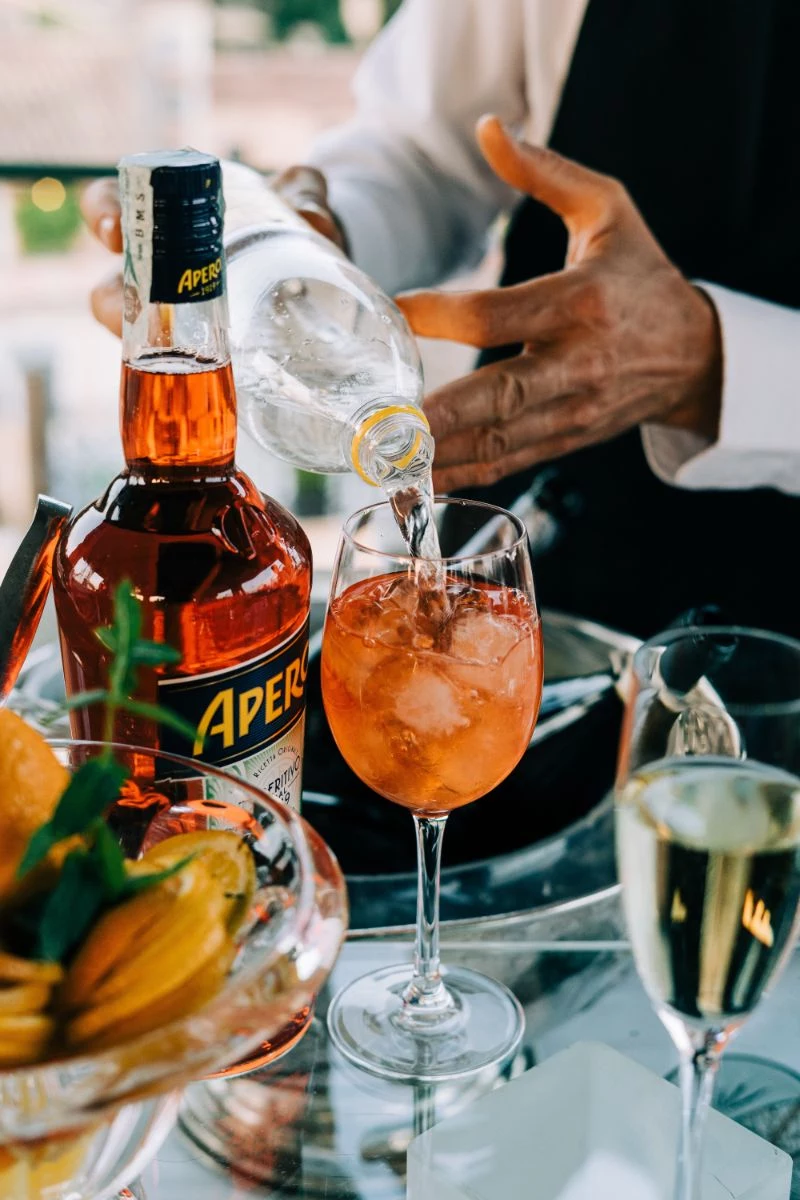
Decoding the Label: Dry vs. Sweet
Okay, this is where a lot of people get tripped up, and it’s critical for making a balanced drink. The sweetness level of sparkling wine can be confusing because the terms are a bit counterintuitive. Heads up!
Here’s the breakdown, from driest to sweetest:
- Brut Nature / Zero Dosage: Bone dry. No added sugar.
- Extra Brut: Still very dry. My favorite for just sipping on its own.
- Brut: This is the most common and versatile style. It’s dry, but not aggressively so. This is your go-to for 90% of sparkling cocktails. It provides the crisp, acidic backbone needed to balance out sugar from liqueurs or syrups.
- Extra Dry / Extra-Sec: And here’s the confusing one. This is actually sweeter than Brut. You’ll notice a touch of sweetness here.
- Demi-Sec / Doux: These are dessert wines. Very sweet. Don’t use them for a French 75 unless you want a toothache.
Knowing this is what separates a decent homemade drink from a truly great one. If your recipe has sugar in it, you need a dry wine (Brut!) to create balance.
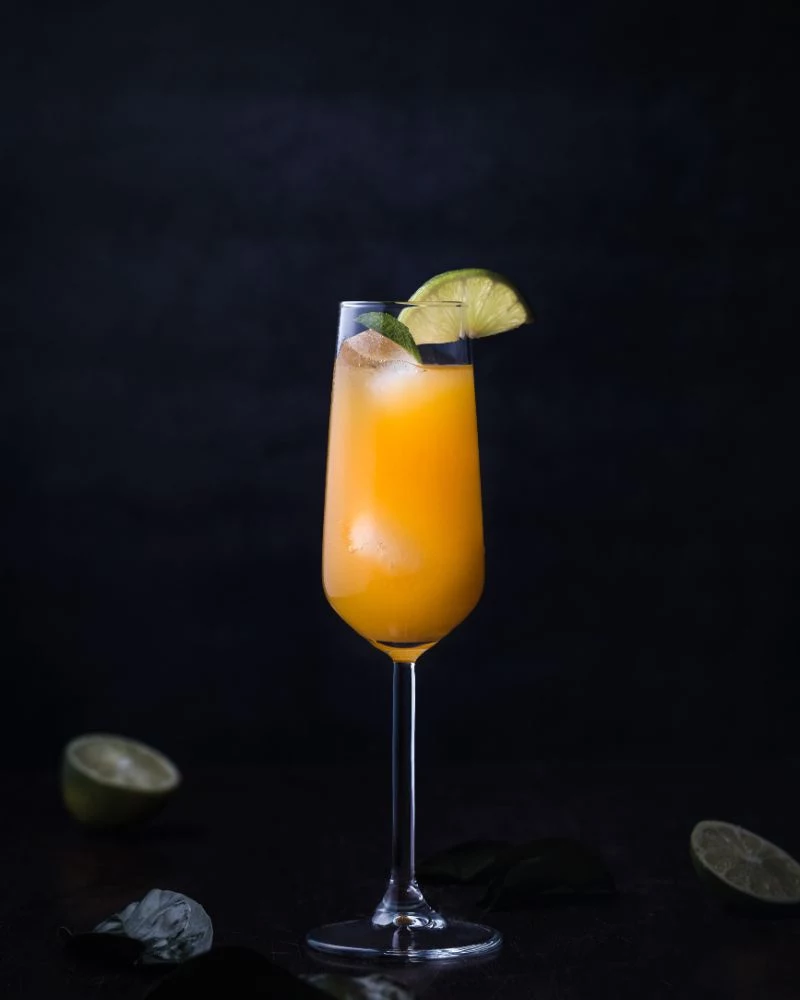
The Right Tools and a Few Golden Rules
Making a killer sparkling cocktail is all about technique. Your number one mission, always, is to protect those precious bubbles you paid for. Lose the fizz, and you’ve just got a flat, sad cocktail.
Glassware Matters More Than You Think
The shape of your glass directly impacts the drink. A flute is tall and narrow, which is fantastic for keeping the bubbles from escaping. A coupe, that wide, shallow glass, looks incredibly cool and vintage, but the huge surface area means your bubbles will die a quick death. I only use a coupe for drinks I know will be finished in a few minutes.
Honestly? My favorite is a tulip glass or even just a standard white wine glass. The wider bowl lets the aromas open up, but the tapered rim helps concentrate them and preserve the bubbles. It’s the best of both worlds.
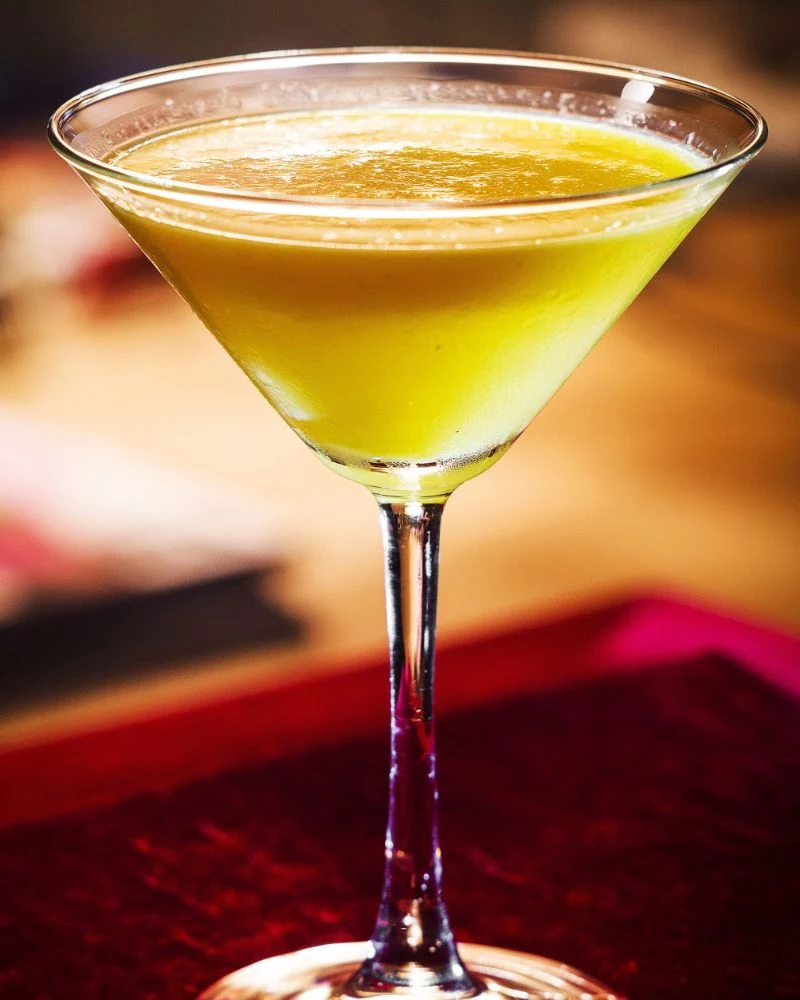
Quick Tip: Always, always, always chill your glassware. A room-temperature glass is a bubble killer. It warms the drink instantly, causing it to foam up and go flat. If you don’t have room in the freezer, just fill the glass with ice and water for a couple of minutes while you prep your ingredients. It makes a huge difference.
The Cardinal Sin: Never Shake the Bubbles
I cannot say this enough. Please, for the love of all that is fizzy, do not put sparkling wine in a cocktail shaker. Best case scenario? You’ll just kill the carbonation. Worst case? The pressure builds up and the shaker literally explodes, spraying sticky booze all over your kitchen. I’ve seen it happen. It’s not pretty.
The pro method is simple: Shake the other ingredients (your spirit, juice, syrup) with ice first. Then, strain that chilled mixture into your glass and gently top it with your sparkling wine. That’s it.
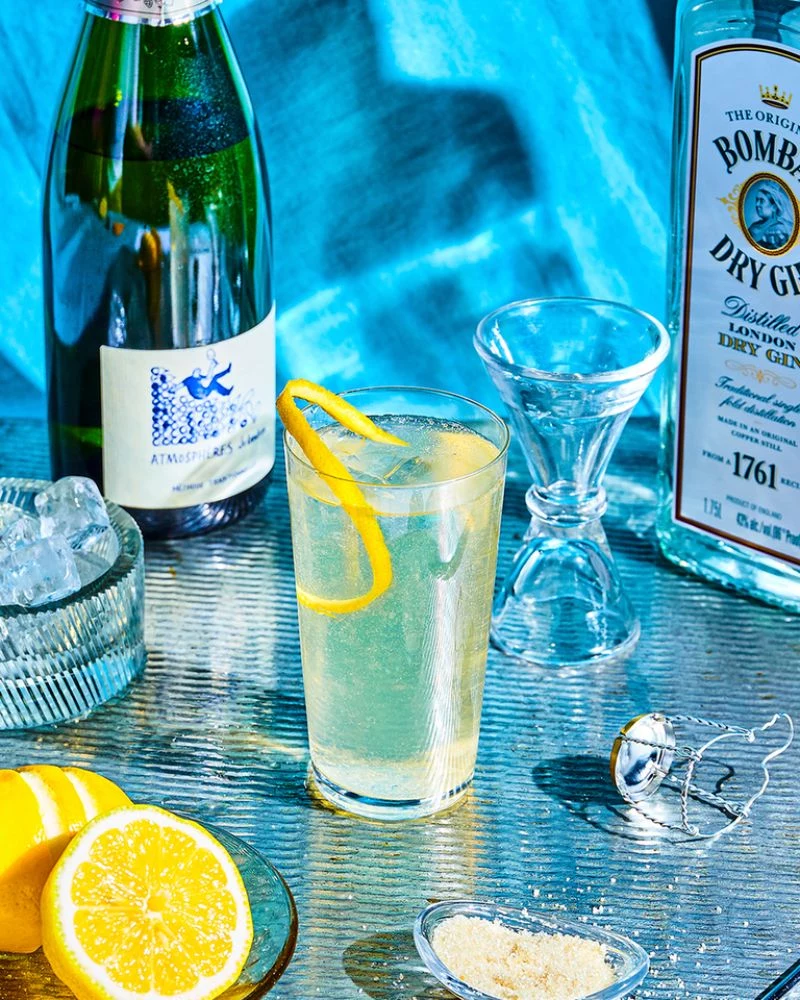
Let’s Make Some Drinks: The Classics, Done Right
Recipes are just roadmaps. Understanding why a drink works is how you perfect it. Let’s break down a few icons.
1. The Classic Champagne Cocktail
This drink is pure elegance. The magic is in the sugar cube. As it dissolves, it creates this beautiful, continuous stream of tiny bubbles from the bottom of the glass. The Angostura bitters add a layer of aromatic spice that cuts through the richness and adds amazing depth.
- Glass: A chilled champagne flute.
- The Mix: Place 1 sugar cube in the bottom of the flute and douse it with 2-3 dashes of Angostura bitters. Let it soak for a second. Then, slowly pour about 5 oz of chilled Brut Champagne or Cava over the top. Tilting the glass helps. Squeeze a lemon peel over the top to release its oils, then drop it in.
- Good to know: No sugar cubes? No problem. Just use about a teaspoon of simple syrup. You’ll lose the cool bubble effect, but the flavor will be right.
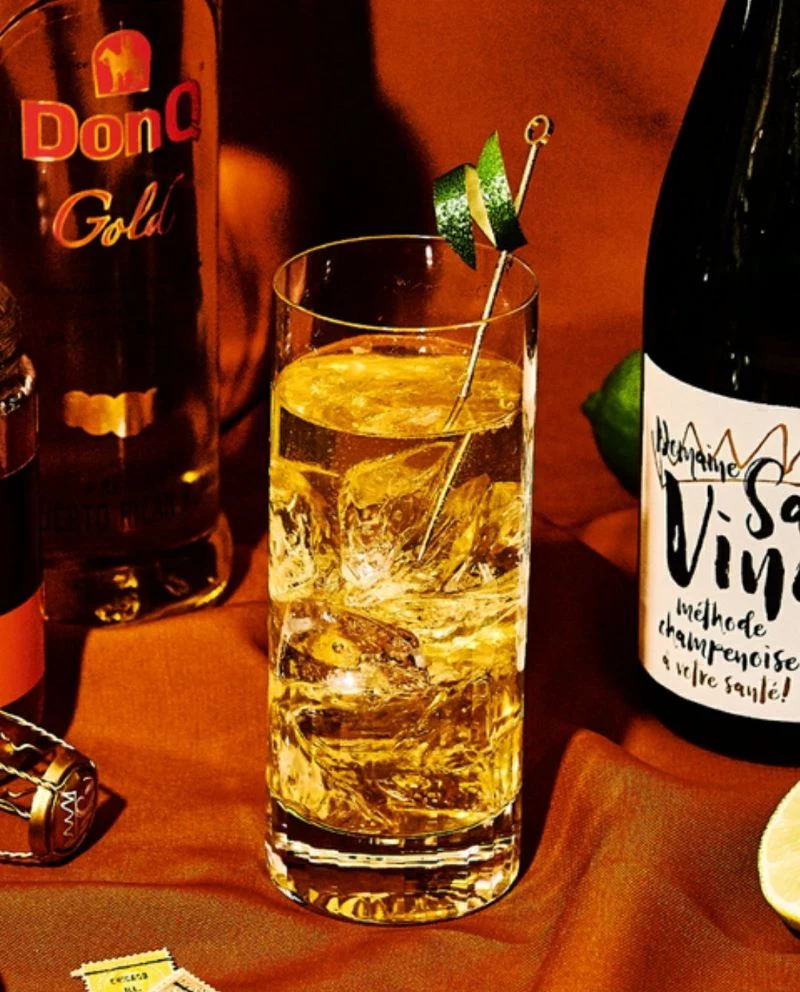
2. The French 75
Named for a powerful piece of artillery, this cocktail definitely packs a punch. It’s crisp, refreshing, and dangerously easy to drink. There’s a long-standing debate over using gin versus cognac. To be frank, both are delicious. Gin makes it bright and floral; cognac makes it richer and spicier, which is amazing in cooler weather.
Professional Technique:
- Combine 1.5 oz London Dry Gin (or VS Cognac), 0.75 oz fresh lemon juice, and 0.5 oz simple syrup in a shaker with ice.
- Shake hard for about 10 seconds until the shaker is frosty.
- Double-strain (using the shaker’s strainer and a little fine-mesh sieve) into a chilled flute or tulip glass. This removes any tiny ice chips and gives the drink a silky texture.
- Gently top with 3-4 oz of chilled Brut Champagne or Cava. Garnish with a long lemon twist.
Let’s make it easy to start. Here’s your first French 75 shopping list:
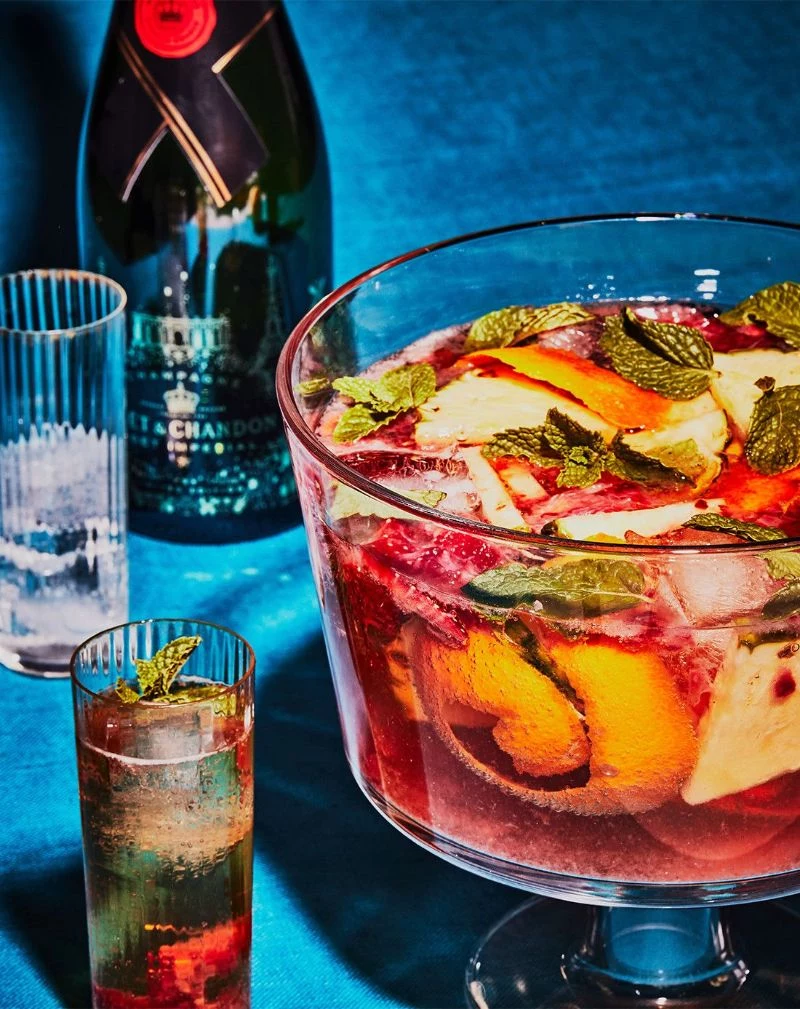
- The Spirit: A solid, no-fuss London Dry Gin like Beefeater or Tanqueray will run you about $25.
- The Bubbles: Grab a bottle of good Cava. You can find one for about $15.
- The Rest: A few fresh lemons and a small bag of sugar for your simple syrup. You can be fully equipped for under $50.
By the way, I challenge you: try it both ways—one with gin, one with cognac—and decide which team you’re on. It’s a fun experiment.
3. Brunch Drinks: The Bellini & The Mimosa
These two are the most famous, but also the most butchered. Quality ingredients are non-negotiable.
A true Bellini, born in Italy, uses fresh white peach puree. Not yellow peach nectar from a carton you find at the grocery store. It’s a delicate, floral flavor that pairs perfectly with the fruitiness of Prosecco. Use 2 parts Prosecco to 1 part puree.
For a Mimosa, the secret is fresh-squeezed orange juice. The stuff in a carton has a cooked, dull flavor. And a pro tip: strain out the pulp. The pulp can make the wine foam up like a science fair volcano. And please, pour the wine first! Then gently add the juice. I prefer a 2:1 ratio of bubbles to juice to keep it from being too sweet. An inexpensive Cava is perfect here.
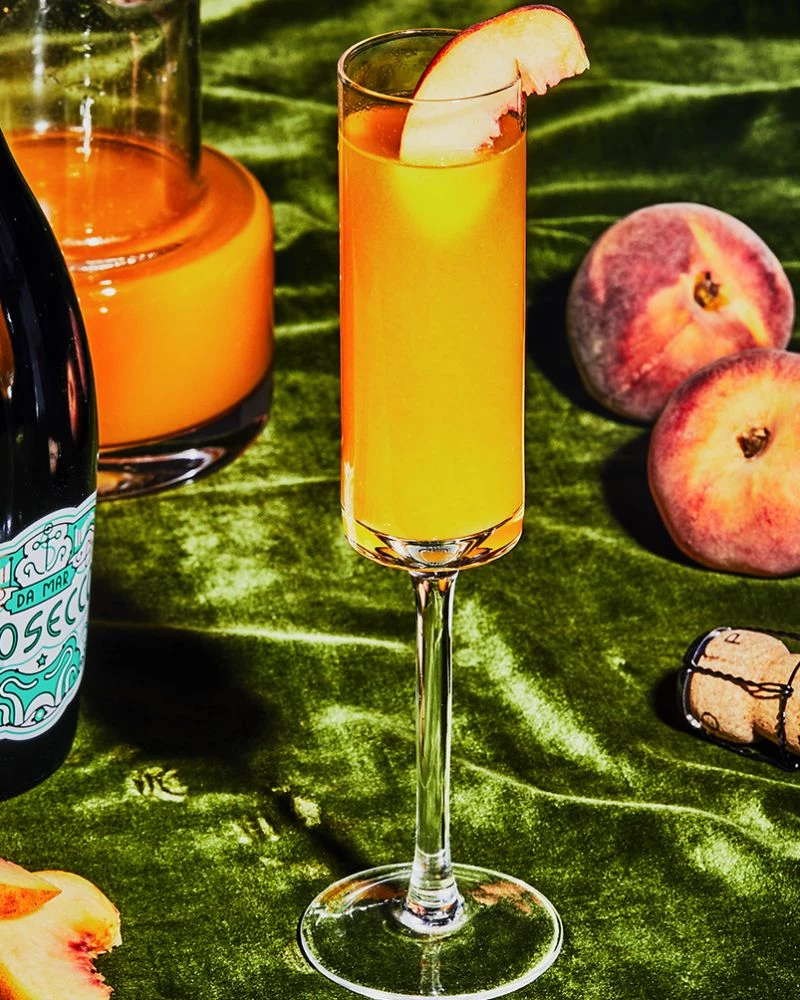
Going Off-Road: Creating Your Own Drinks
Once you get the hang of it, you can start inventing. Here’s a simple formula that’s a great starting point for a balanced sparkling cocktail:
1 part Spirit + 0.5 part Sweet + 0.5 part Sour + 3 parts Sparkling Wine
Let’s try one. How about something with tequila? We could do 1.5 oz blanco tequila (the spirit), 0.75 oz fresh grapefruit juice (the sour), and 0.75 oz agave nectar (the sweet). Shake those with ice, strain into a glass, and top with 3-4 oz of Cava or Prosecco. Garnish with a grapefruit twist. Boom. You just made a sophisticated, Paloma-style bubbly drink.
A Happy Accident: The Negroni Sbagliato
Sbagliato literally means “mistaken” in Italian. The story goes that a bartender in Milan grabbed a bottle of Prosecco instead of gin while making a Negroni. Best mistake ever. The Prosecco lifts the bitter Campari and sweet vermouth, making the drink lighter and more approachable.
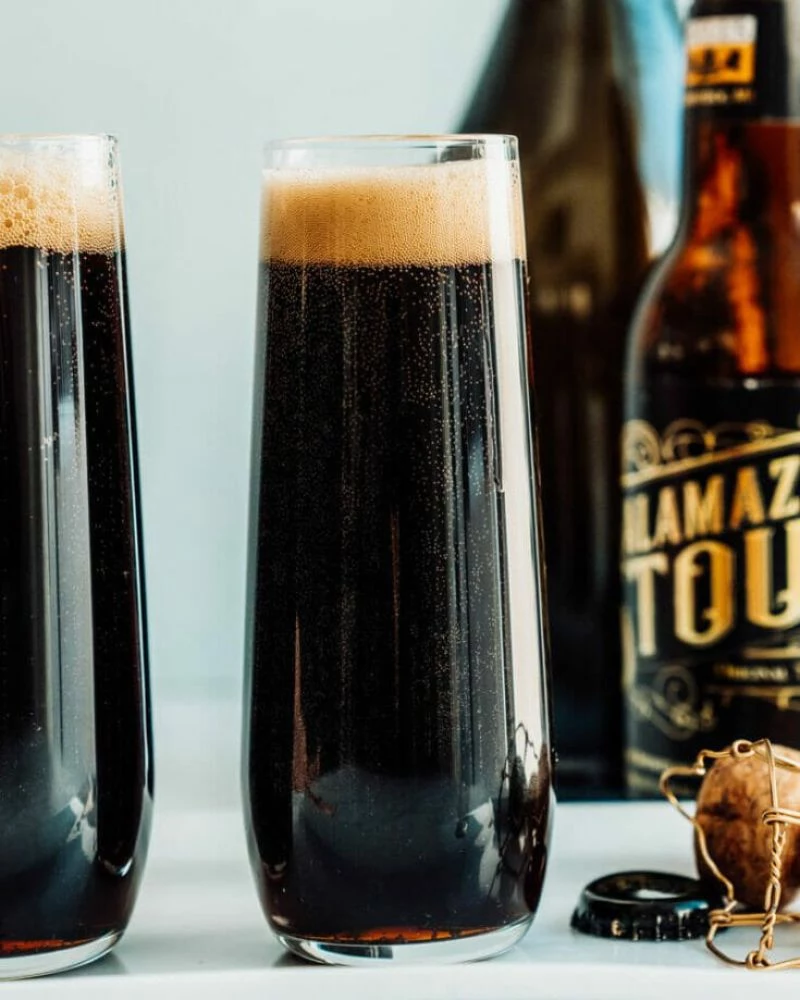
To make it, just build it in a rocks glass with a large ice cube: 1 oz Campari, 1 oz Sweet Vermouth, and top with 1 oz of Prosecco. Stir gently. For the vermouth, a bottle like Cocchi di Torino is fantastic and widely available. If you want to splurge, Carpano Antica is the gold standard, but a more common brand like Dolin Rouge also works just fine. Garnish with an orange slice.
Serving, Safety, and What to Do with Leftovers
A cork can exit a bottle at up to 50 mph. Seriously. Always be careful. Make sure the bottle is very cold (around 45°F), hold it at a 45-degree angle away from people, and twist the bottle—not the cork—to ease it out with that gentle hiss.
What about leftovers? Let’s be real, it’s never as good the next day. That old trick of putting a silver spoon in the bottle neck? A charming myth, but it does nothing. The only thing that works is a proper champagne stopper, the kind with metal clamps that create an airtight seal. You can grab one for $10-$15 at places like Crate & Barrel or online, and it’ll keep your bubbles fresh for a day or two.
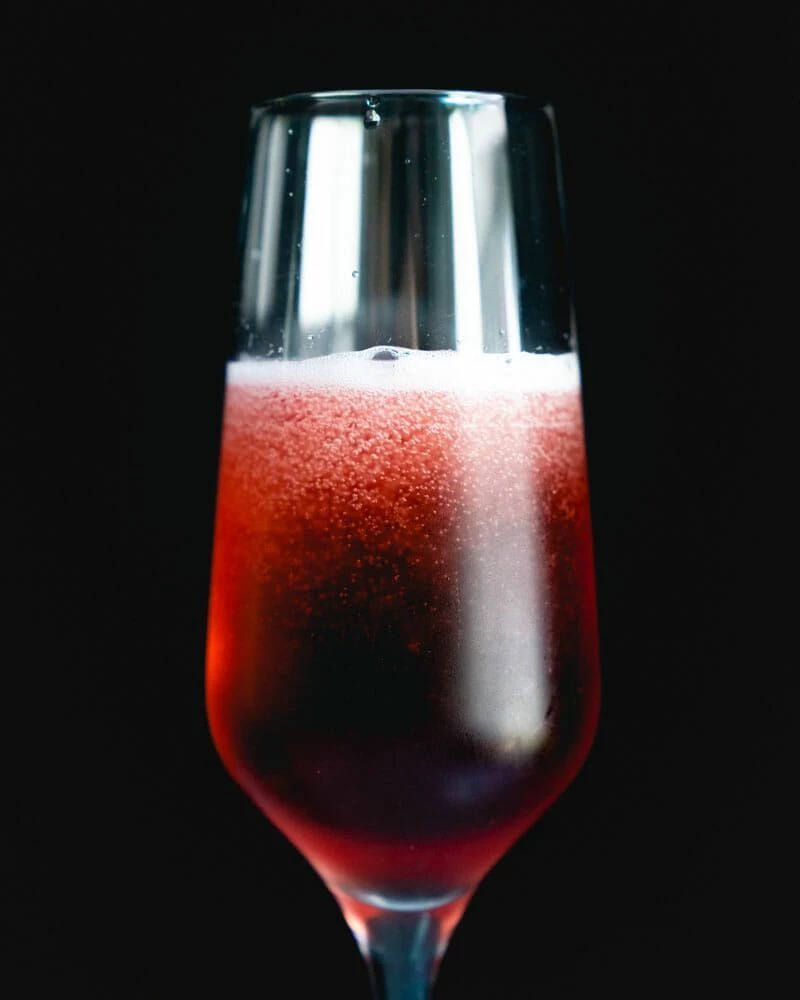
Making drinks for a party? Don’t mix everything into a big punch bowl! It’ll be flat in 30 minutes. Instead, batch the base. For a batch of 8 French 75s, mix 12 oz of gin, 6 oz of lemon juice, and 4 oz of simple syrup in a pitcher and chill it. When a guest is ready, just pour about 2.75 oz of your chilled base into a glass and top it with fresh, cold bubbly. Every single drink will be perfect. It’s a little extra work that makes all the difference.
Inspirational Gallery
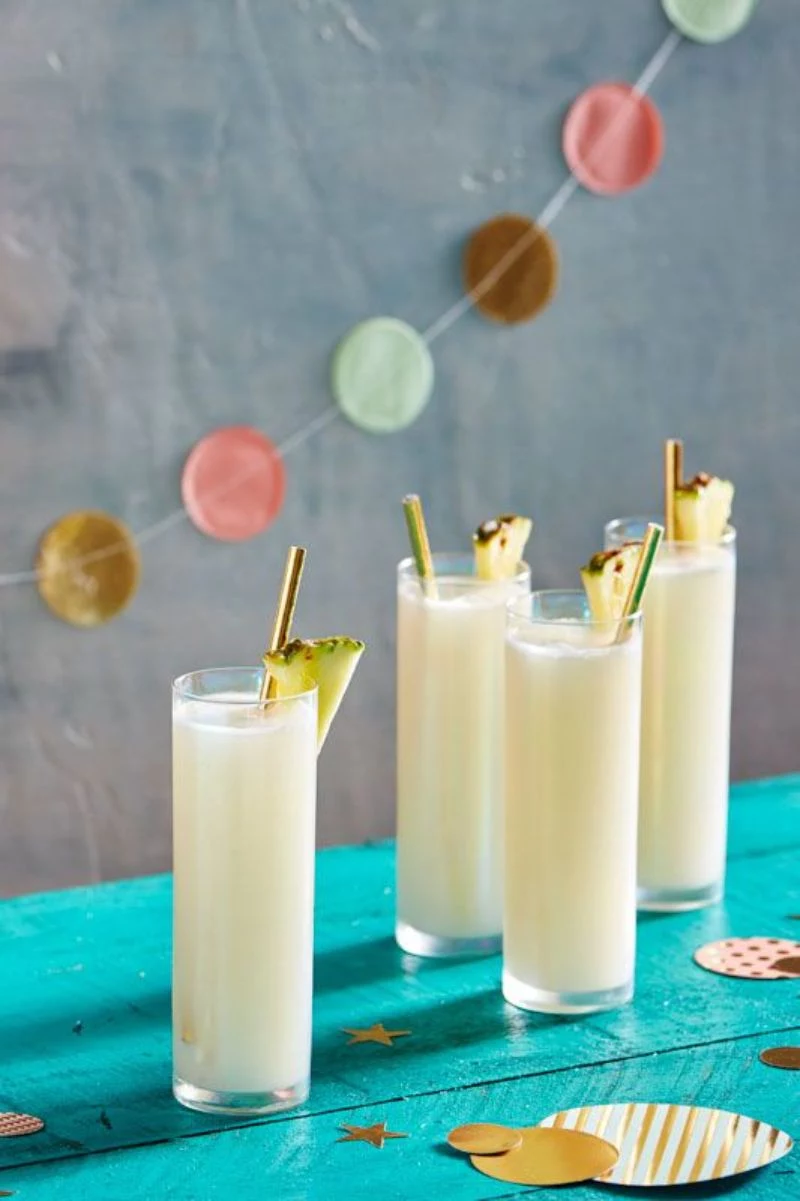
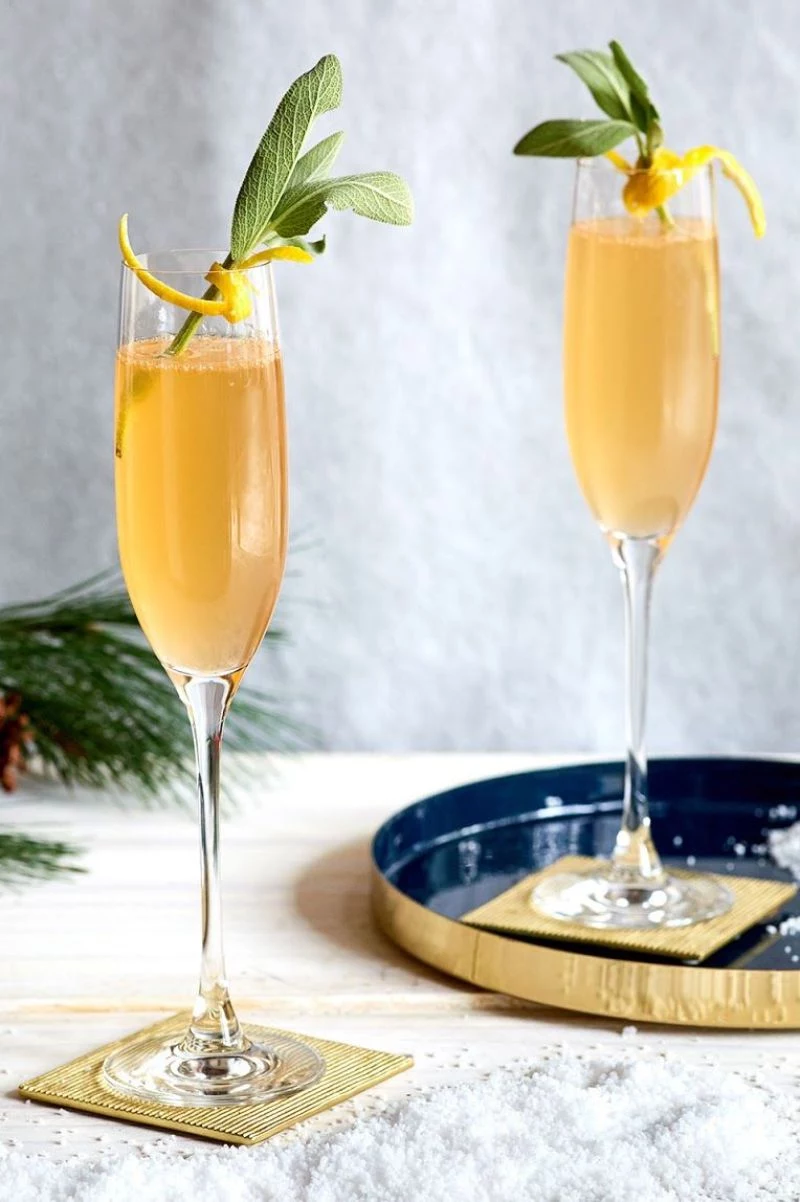
Beyond the bubbles, the quality of your mixers makes all the difference. Ditch the generic triple sec and elevate your creations with spirits and liqueurs that respect the wine you’re using. A few game-changers for your home bar include:
- St-Germain Elderflower Liqueur: Adds delicate, floral sweetness without being overpowering. Perfect for a refined spritz.
- Cointreau: A benchmark orange liqueur that provides a crisp, bright citrus note, far superior to many cheaper alternatives.
- A quality Vermouth: Whether it’s a dry Dolin for a crisp profile or a richer Carpano Antica for depth, a good vermouth is non-negotiable for drinks like a Sbagliato.
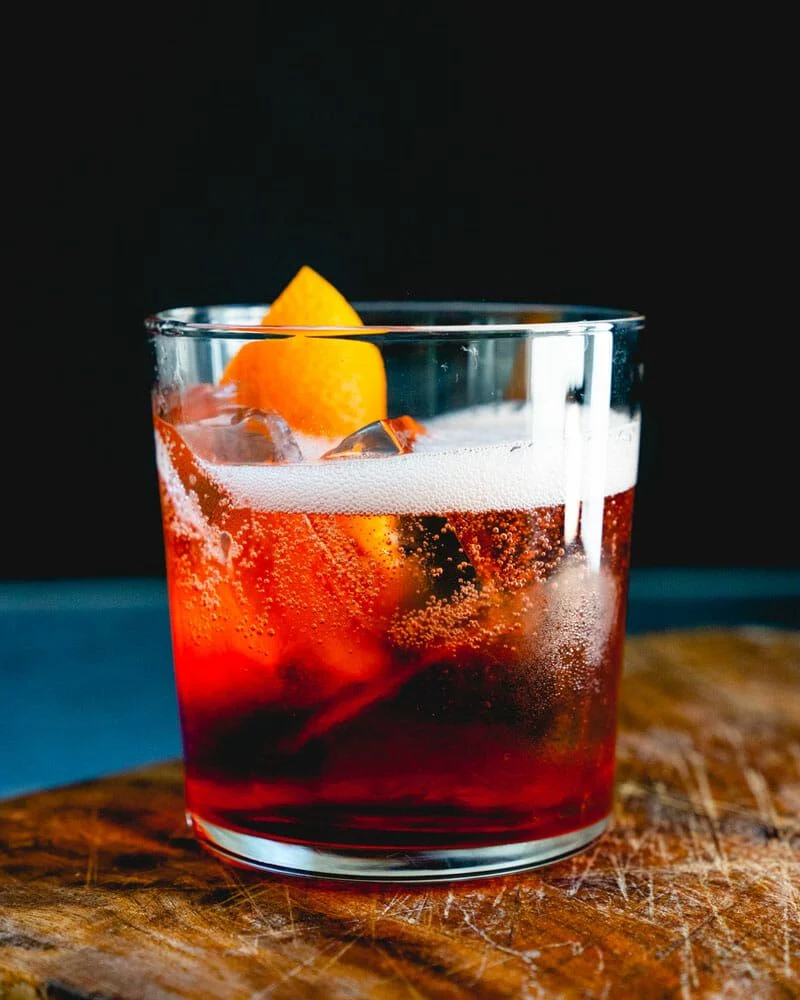
The secret weapon in your freezer: The ice. Think of it as a key ingredient, not just a chilling agent. Small, cloudy ice cubes melt quickly, diluting your cocktail and killing the carbonation. For a drink that stays crisp and effervescent to the last sip, use large, clear cubes. Molds from brands like W&P Design or Tovolo make it easy to create king cubes at home, ensuring minimal dilution and a professional look.
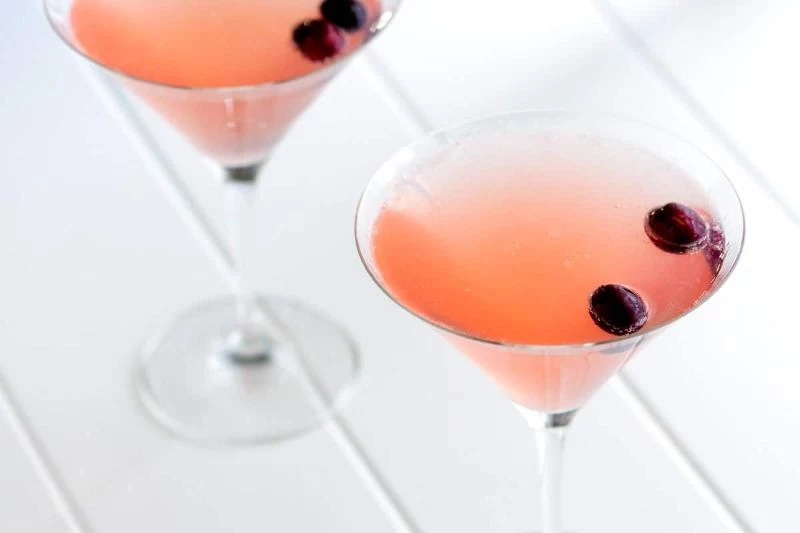
There can be up to 49 million bubbles in a single 750ml bottle of Champagne.
That incredible number, a result of the meticulous secondary fermentation process, is the lifeblood of your cocktail. Every overly aggressive stir or warm glass diminishes this magic. Treat the bubbles with respect, and they’ll reward you with a texture and liveliness that no flat ingredient can replicate.
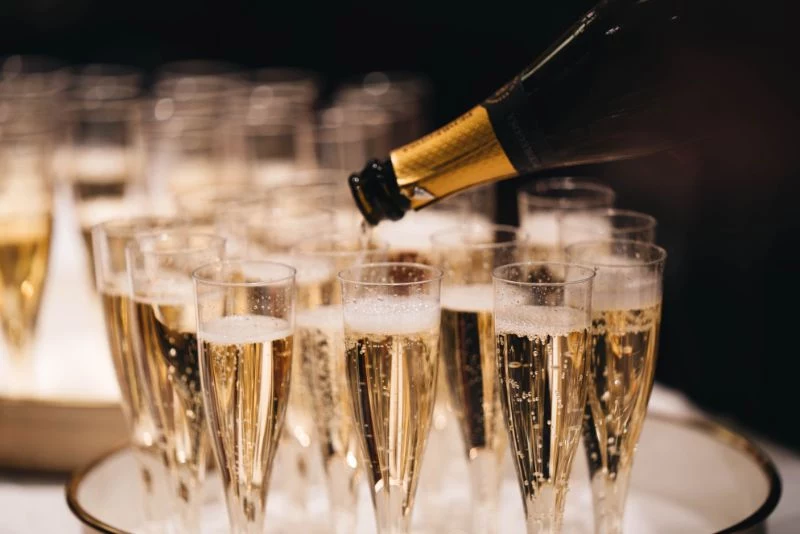
Want to add a truly personal touch?
Create your own infused simple syrups. It’s surprisingly easy and adds a layer of complexity that store-bought options can’t match. Gently heat equal parts sugar and water until dissolved. Then, remove from heat and add your botanicals. Try fresh rosemary for an herbaceous twist, a few cardamom pods for a warm spice, or grapefruit peels for a zesty aroma. Let it steep for 30 minutes, strain, and voilà—a custom ingredient for your next sparkling creation.
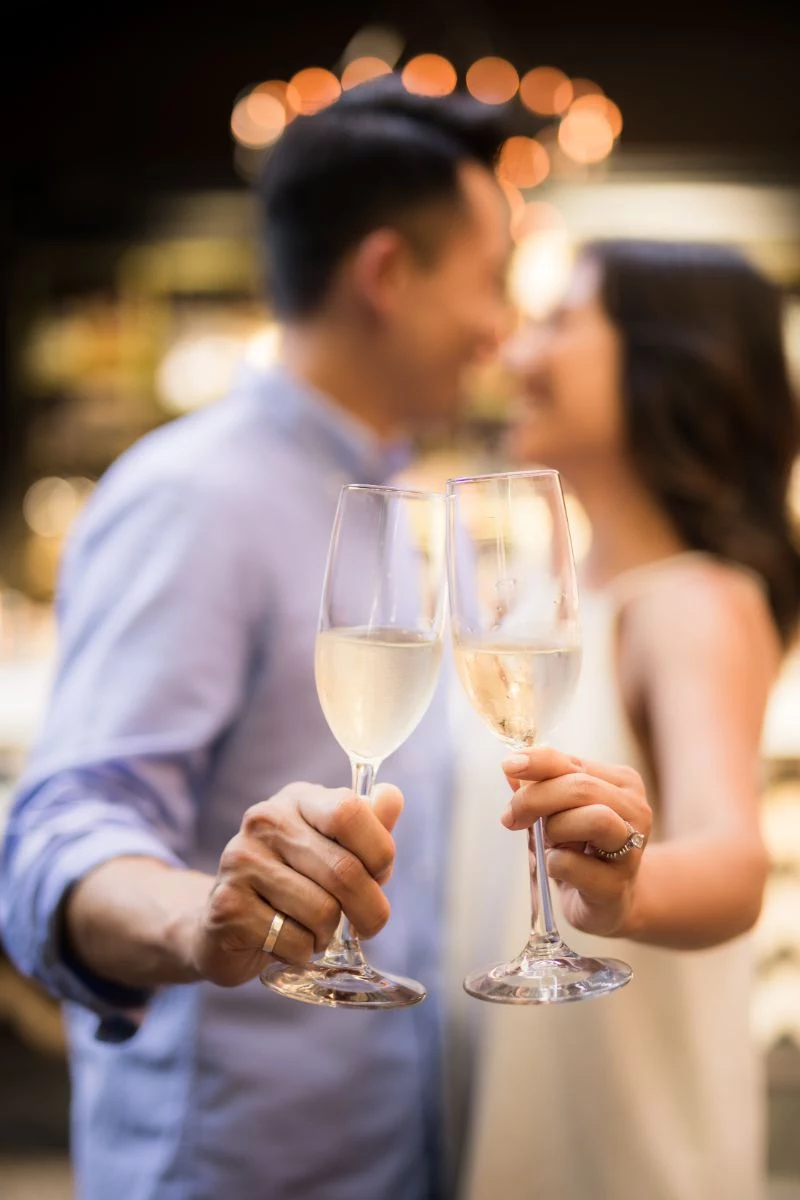
The Flute: Its tall, narrow shape is engineered to preserve carbonation, sending a steady stream of bubbles to the surface and concentrating the aromas. Ideal for showcasing dry, crisp wines like a Brut Champagne or Cava.
The Coupe: This wide-brimmed, vintage glass offers a touch of old-world glamour. While it allows bubbles to dissipate faster, it opens up the aromatics of the cocktail, making it perfect for more complex, fruit- or herb-forward sparkling drinks.
For the best of both worlds, many bartenders now prefer a standard white wine glass, which provides space for aromas to develop while still tapering at the top to focus them.

The biggest mistake isn’t the wine; it’s the temperature. Serving sparkling wine ice-cold (straight from the freezer) mutes its delicate flavors, while serving it too warm makes it taste flat and overly alcoholic. The sweet spot is between 6-8°C (43-46°F). This keeps it refreshing, preserves the fine bubbles, and allows the full spectrum of aromas to shine through.
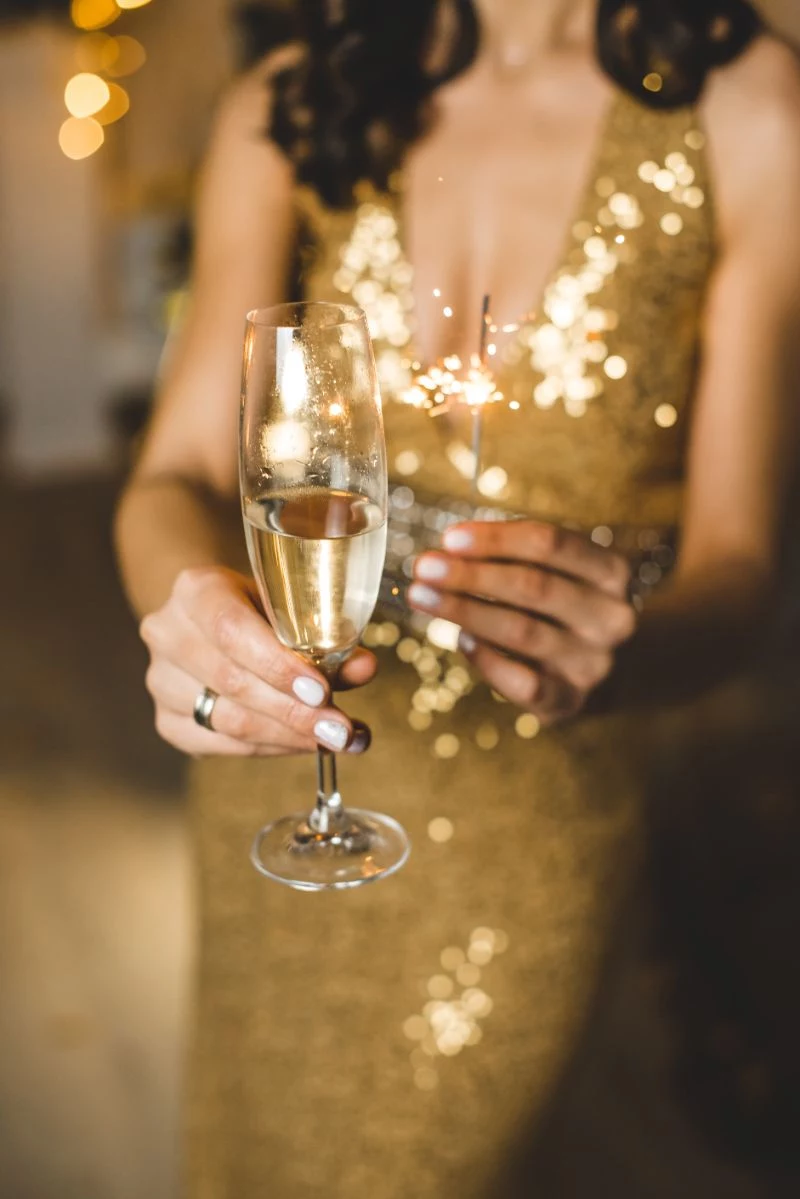
- A vibrant, lively mouthfeel.
- A beautiful, Instagram-worthy layered appearance.
- Maximum preservation of those precious bubbles.
The secret? Master the float. Instead of pouring sparkling wine directly into the glass, build your cocktail base (spirits, juice, syrup) first. Then, tilt the glass at a 45-degree angle and slowly pour the chilled bubbly down the interior side. This gentle entry prevents the ‘volcanic’ foam-over that kills carbonation.
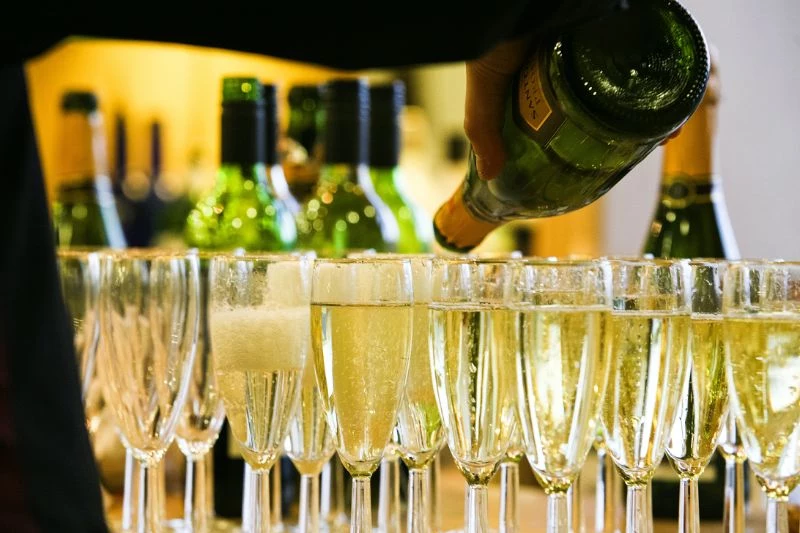
Don’t just think Cava. For cocktails that call for a fruit-forward, approachable sparkle, look to Italy’s Prosecco. Made with the Glera grape, it typically has softer bubbles and bright notes of green apple, pear, and honeysuckle. Its slightly sweeter profile makes it a natural and budget-friendly choice for classics like the Bellini or Aperol Spritz, where it complements the fruit purees and bitter liqueurs perfectly.
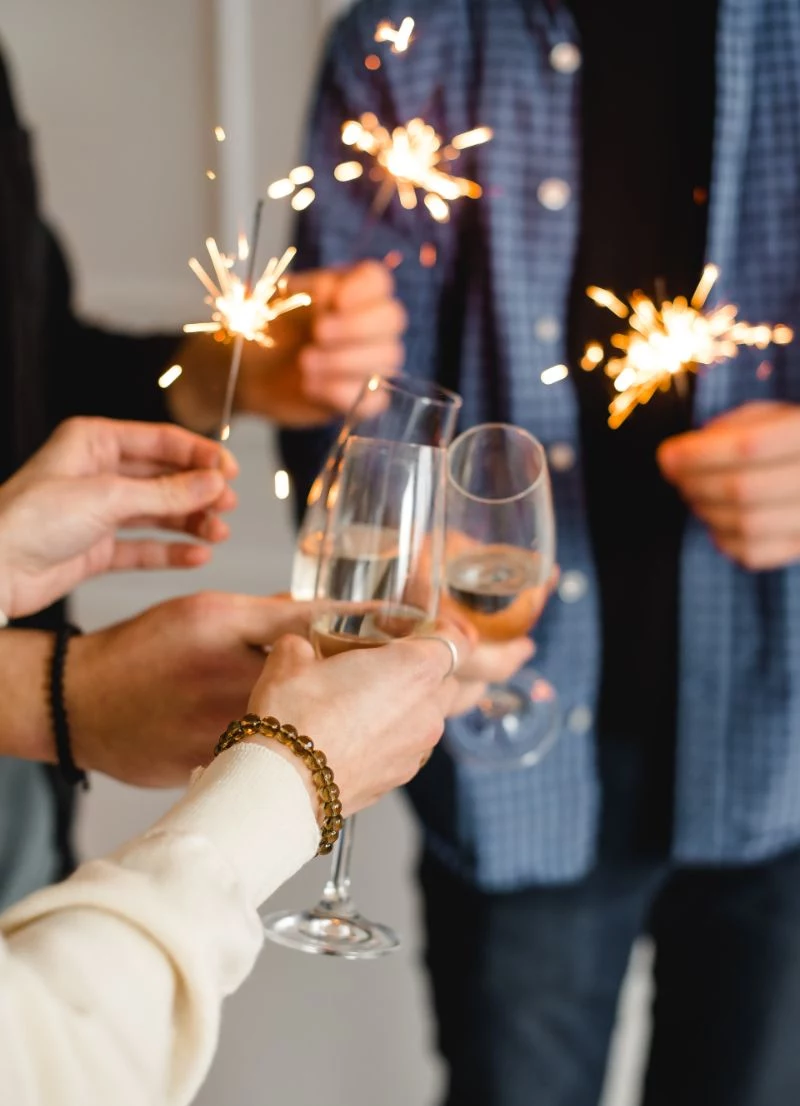
The market for non-alcoholic spirits and wines grew by over 7% in 2022 alone, and the quality has soared.
This means sophisticated sparkling cocktails are no longer off-limits for those abstaining. Brands like Lyre’s with their Classico Grande or Noughty’s sparkling Chardonnay offer the dryness and complexity needed to build a genuinely delicious zero-proof French 75 or spritz. It’s all the celebration, with none of the alcohol.
- Don’t let it go flat: A dedicated Champagne stopper, like those from WAF or Le Creuset, creates a tight seal that can preserve most of the fizz for a day or two in the fridge.
- Cook with it: Leftover bubbly is fantastic for deglazing a pan for a creamy sauce or for poaching fish or fruit.
- Make a vinaigrette: Whisk flat sparkling wine with olive oil, Dijon mustard, and a touch of honey for a light, elegant salad dressing.

